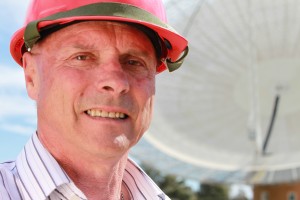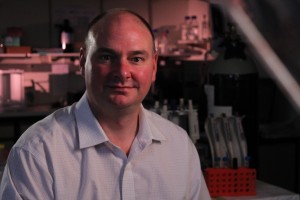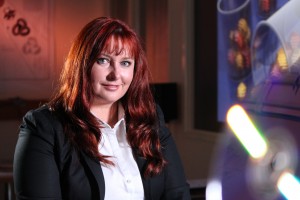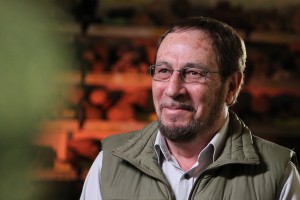Welcome to my November bulletin for the International Year of Astronomy in Australia. This month sees a particularly interesting mix of events, from a “Dance Your PhD” workshop (to be videoed for the web), to a symposium on Indigenous Astronomy and a talk on the Antikythera mechanism, the most sophisticated instrument we know of from the ancient world.
Octopus jets the key to greener flights: synthetic jets improve aerodynamics of aircraft
Researchers at the University of New South Wales have improved the aerodynamics of aircraft by putting rows of tiny synthetic jets along the wings of aeroplanes —much like the suck and blow jets octopuses use to move through the water.
Evolution in November—Superhuman, genes and The Origin’s birthday
In this bulletin for the Evolution Festival there are some spectacular activities to mark the 150th anniversary of the publication of On the Origin of Species, the book that brought Darwin’s theory of evolution to the public.
[Read more…] about Evolution in November—Superhuman, genes and The Origin’s birthday
Prime Minister recognises L’Oréal Fellow
2008 Fellow Amanda Barnard has won the 2009 Malcolm McIntosh Prize for Physical Scientist of the Year for her work on modelling and predicting the shape, structure and stability of nanoparticles under different environmental conditions.
The AUD$50,000 prize is one of the Prime Minister’s Prizes for Science.
Amanda Barnard hopes to predict which nanoparticles will work most […]
2010 L’Oréal-UNESCO Laureates announced
The winners of the 2010 L’ORÉAL-UNESCO Awards were announced on 14 October 2009.
2009 Prime Minister’s Prizes for Science
2009 Prime Minister’s Prizes for Science winners:
John O’Sullivan: How astronomy freed the computer from its chains
Nearly a billion people use John O’Sullivan’s invention every day. When you use a WiFi network—at home, in the office or at the airport—you are using patented technology born of the work of John and his CSIRO colleagues.
They created a technology that made the wireless LAN fast and robust. And their solution came from John’s efforts to hear the faint radio whispers of exploding black holes. [Read more…] about 2009 Prime Minister’s Prizes for Science
How astronomy freed the computer from its chains: 2009 Prime Minister’s Prize for Science
 John O’Sullivan
John O’Sullivan
Nearly a billion people use John O’Sullivan’s invention every day. When you use a WiFi network—at home, in the office or at the airport—you are using patented technology born of the work of John and his CSIRO colleagues. [Read more…] about How astronomy freed the computer from its chains: 2009 Prime Minister’s Prize for Science
Breaking the link between fat and diabetes: 2009 Science Minister’s Prize for Life Scientist of the Year
 Michael Cowley
Michael Cowley
Why do we get fat? What’s the link between obesity, diabetes and hypertension? Can we break the link? These are critical questions for Australia’s long-term health, and Michael Cowley may have the answers. [Read more…] about Breaking the link between fat and diabetes: 2009 Science Minister’s Prize for Life Scientist of the Year
Testing new technologies in the computer not the real world: 2009 Malcolm McIntosh Prize for Physical Scientist of the Year
Amanda Barnard
Every new technology brings opportunities and threats. Nanotechnology is no exception. It has the potential to create new materials that will dramatically improve drug delivery, medical diagnostics, clean and efficient energy, computing and more. But nanoparticles—materials made small, just a few millionths of a millimetre in size—could also have significant health and environmental impacts. [Read more…] about Testing new technologies in the computer not the real world: 2009 Malcolm McIntosh Prize for Physical Scientist of the Year
Creating new careers in the rocks: 2009 Prime Minister’s Prize for Excellence in Science Teaching in Secondary Schools
Len Altman
Geoscience is at the heart of some of humanity’s biggest challenges in the 21st Century: access to water; alternative energy sources like geothermal and hydro; and adapting to climate change. “So why,” asks Len Altman, “Are students in our schools more likely to learn about the moons of Jupiter or the rings of Saturn than about the planet Earth and its history?” [Read more…] about Creating new careers in the rocks: 2009 Prime Minister’s Prize for Excellence in Science Teaching in Secondary Schools





